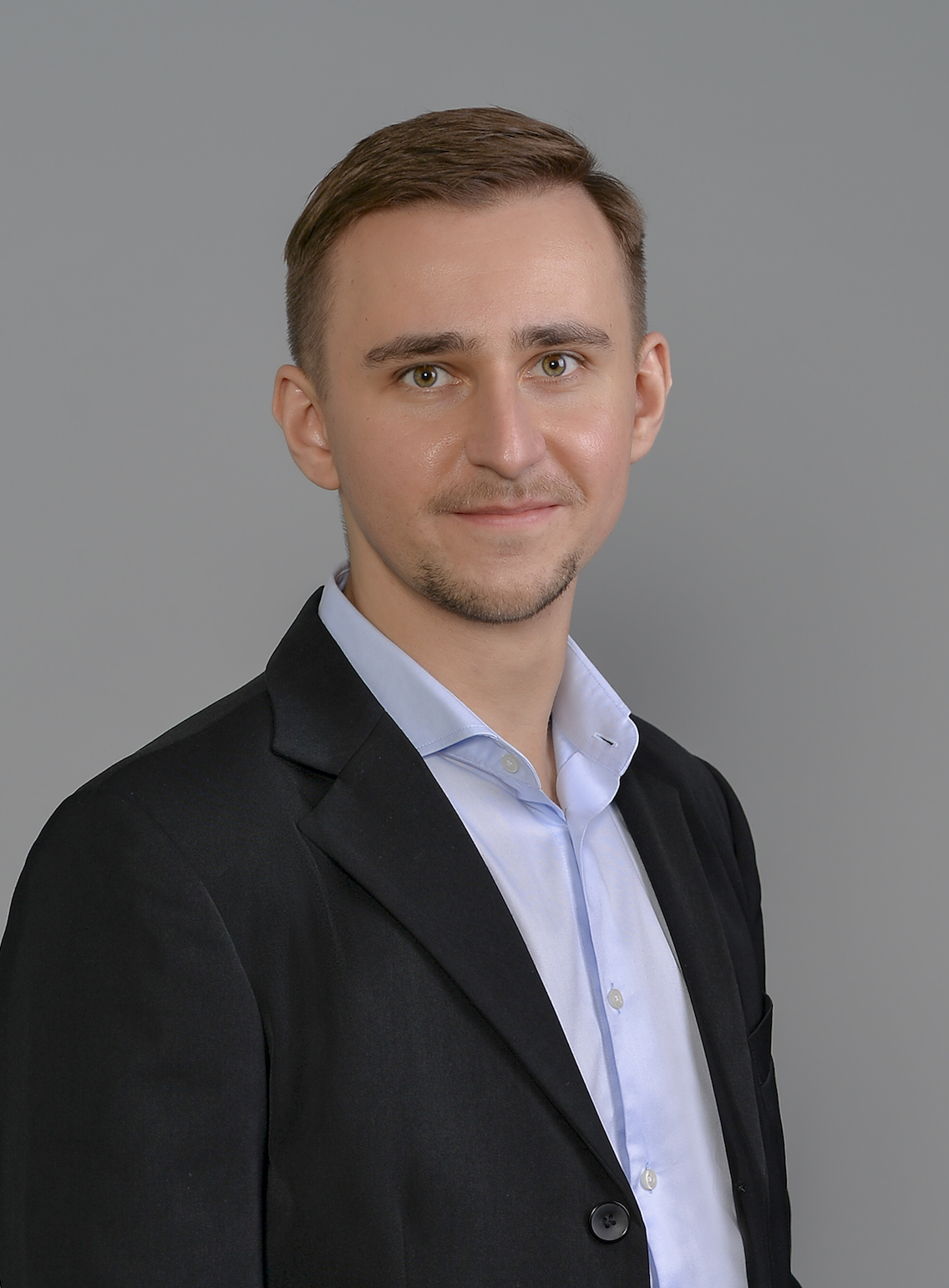Nanotechnology & materials
Denis Bandurin
Paving the way to a new field of electron hydrodynamics and unveiling new physical effects.

Asia Pacific
Luying Yi
She achieved non-traditional wavelength adaptability and the feasibility of self-powered optical sensing.

Europe
Tino Matter
CEO at Anavo Medical

Asia Pacific
Bowen Zhu
Active-matrix tactile sensor array based on thin-film transistors.

MENA
Yazan Ibrahim
Surface-patterned water filtration membranes with enhanced permeability and fouling resistance.
